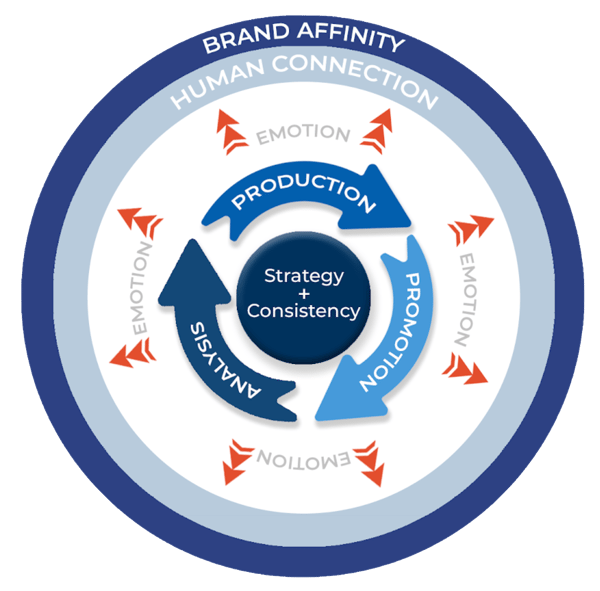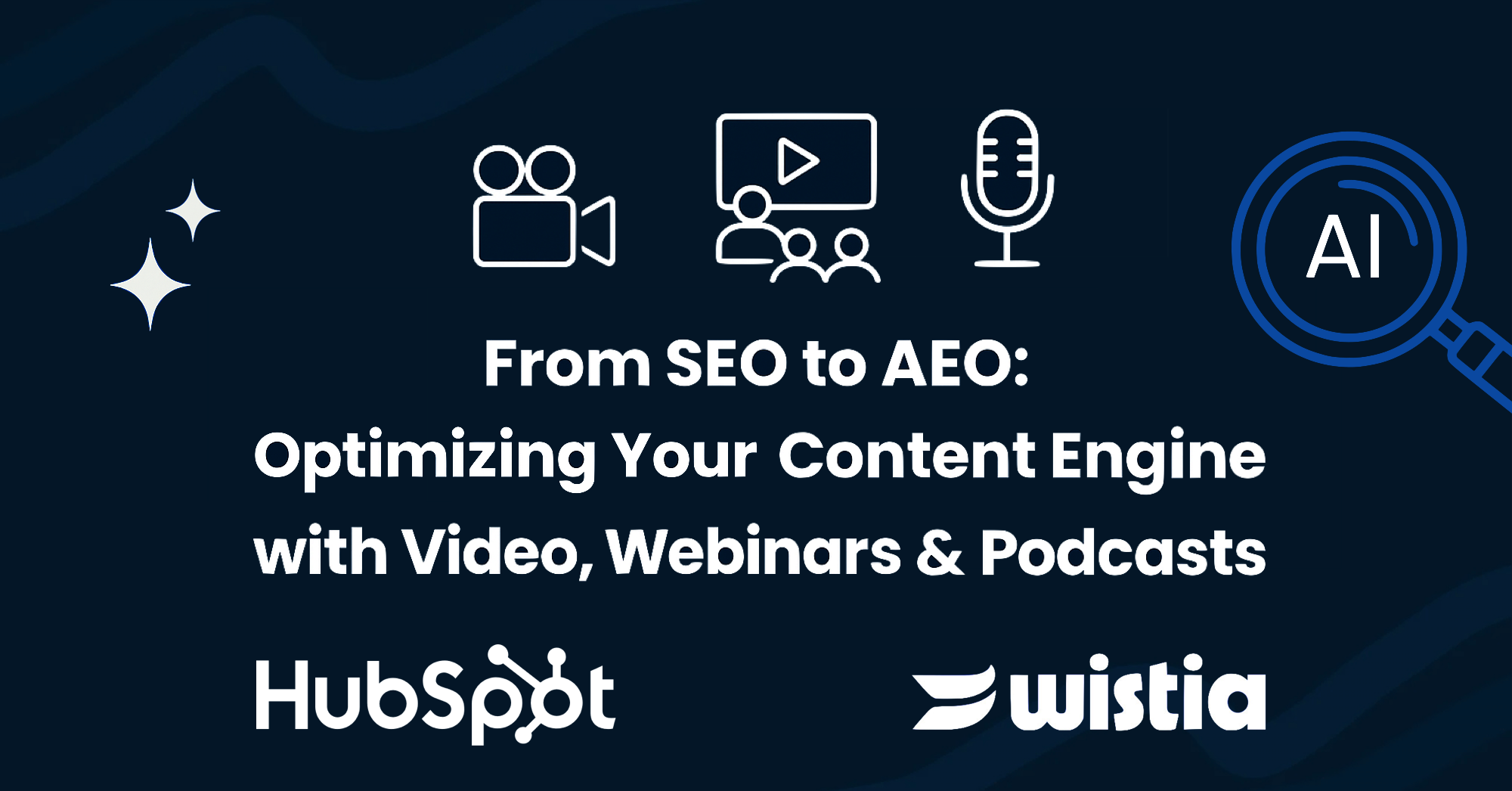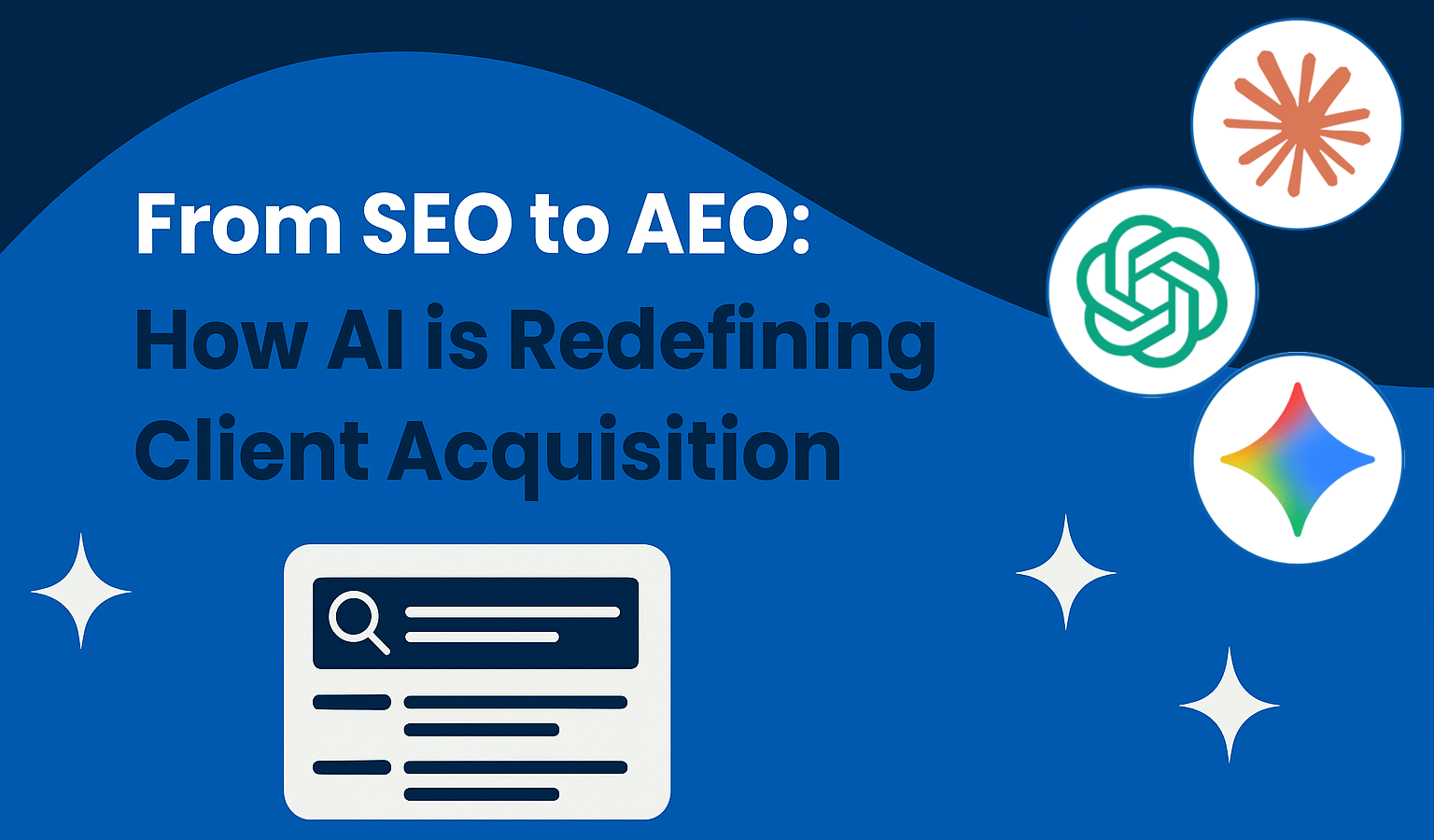With the rise of social media and the internet, consumers are more informed than ever and constantly being exposed to ads has heightened our ability to sniff them out. With that, it’s become important for brands to find other ways of building awareness and brand affinity without pushing ads in people’s faces or selling to them unwarranted. That’s where experiential marketing comes in.
What is Experiential Marketing?
Experiential marketing is exactly what the name suggests: marketing by providing an experience to your audience, specifically one that is memorable and shareable. These can be live events, streamed or televised events, pop-up shops, online giveaways or campaigns, and much more. There’s no one definition of what it has to be because there are lots of new creative versions of experiential marketing happening all of the time.
Why is Experiential Marketing so effective?
Experiential Marketing is an opportunity to emotionally connect with your audience in a natural way. The most important thing to remember is not to come across as sales-y, forced, or inorganic. Provide the people a place to experience emotion, take pictures, and create an experience worth sharing, all while surrounded by your brand and products. 65% of people say live events helped them understand the value of a product better than a commercial or other advertisements.
The best kinds of experiential marketing might even make you forget that it’s marketing at all. An example of this is the Red Bull Stratos campaign. In 2012, Red Bull teamed up with Austrian Daredevil Felix Baumgartner to perform a high-altitude jump. Baumgartner traveled 24 miles into the air and jumped out.
The jump set records for the highest manned balloon flight and highest altitude jump. While all of this was a giant advertisement for Red Bull, you’d be forgiven if you forgot that while watching a man drop from the Earth’s atmosphere and land ten minutes later. That’s because it wasn’t an ad as we know it, it was an experience that over 8 million people streamed (also a record at the time.)
The Red Bull Stratos jump is a perfect example of how a well-crafted experiential marketing campaign can make an impact culturally, attract huge numbers of people, and become an event people will talk about for a long time, all while staying on brand.
Experiential Marketing builds Brand Affinity
Brand Affinity Marketing - Phil Nottingham from Wistia
Experiential marketing taps into people’s emotions and with that, people’s desire to share what they’re doing, and the FOMO (fear of missing out) of the people at home. When things get shared, they go viral, which gets them in front of millions of people while leaving a lasting positive impression which helps to build your brand’s affinity.
Examples of great Experiential Marketing
Over the past few years, plenty of effective examples of experiential marketing have sprung up around the world.
1. Ghostbusters at Waterloo Station
If you happened to be at Waterloo Station in London in 2016 you might have run into the Stay Puft marshmallow man or slime-covered poles. Part of the promotion for Ghostbusters (2016), Sony used experiential marketing techniques to turn Waterloo Station into a giant ad for their movie.
Within the experience, they provided photographers to take your picture with the marshmallow man, Snapchat filters, and a hashtag, all to encourage people to share their experience.
One thing Sony made sure NOT to do was interrupt the day of any commuters who use Waterloo Station every day. Experiential marketing should never inconvenience anybody or barge into their normal routine without warning. That does the opposite of providing a positive experience and you risk having negative associations with whatever you’re trying to promote.
2. Doc McStuffins Hospitals
In 2014, Disney, promoting its newest season of children’s show Doc McStuffins, opened “clinics” across the UK where children could become toy doctors and help diagnose a teddy bear’s “ouchies.”
This is a great example of experiential marketing that because it lets kids play with the merchandise, it promotes the show, it provides an experience for children, and it allows the opportunity to (optionally) buy some toys. 75% of people in attendance rated it as “excellent” and they saw an increase of 5.3% in the propensity to buy the toys.
3. HubSpot’s Inbound Conference
One of the best-disguised examples of experiential marketing comes from HubSpot who holds the Inbound Conference every year in Boston. This advertisement disguised as an inbound marketing conference brings together marketing professionals from across the globe to HubSpot’s hometown to learn more about the industry, advances in tech, new trends, and much more.
If you follow anyone in marketing during the conference you’ll see photos shared, people sharing quotes from speeches, and blogs written about the big topics of the show, all using the hashtag #Inbound2019.
This is a prime example of experiential marketing because HubSpot and the Inbound Conference are intertwined but it’s subtle to the point where you forget it’s a party at HubSpot’s house.
How can you use experiential marketing?
Though most of the famous examples of experiential marketing come from large companies on an even larger scale, nobody is expecting a small business to send a man to the edge of space. Experience marketing can be something as small as having a presence (a booth or stand) at local events like farmers’ markets, trade shows, fairs, etc.
Nowadays, you don’t even have to attend events, you can perform experiential marketing by creating an episodic video series or podcast. It may not be experiential marketing by the textbook definition, but they accomplish the same thing: connecting with your audience on an emotional level and building brand affinity. A great video, that’s made with passion and care, can have the same effect on your audience, be just as shareable, and create as much buzz as a good event or classic experiential marketing strategy.
Experiential marketing can be almost anything from pop-up shops to large conferences to an engaging video series. The key is to focus on providing a memorable experience rather than selling a product. Memorable experiences are shareable and provide enormous reach online if done with care and love.
.jpg)


-1-1.png)


